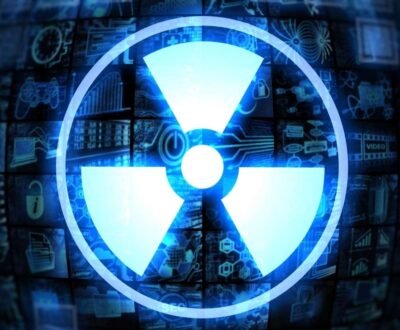Going with the results of the first round of research in Radiology, published online on the 5th of September, the evaluation and management of patients with various forms of cancer was done more accurately by FDG-PET/MRI than by PET/CT.
Researchers from Italy and U.S. have come to the conclusion that PET/MRI performed much better than PET/CT in countering swelling of lymph nodes (lymphadenopathy) and reaching tumor-affected regions, like kidneys, that PET/CT found difficulty in accessing. It also went deeper with hepatic and bony metastases.
According to lead author Dr. Onofrio Catalano, department of radiology, SDN Istituto Ricerca Diagnostica Nucleare in Naples, Italy, and his colleagues, PET/MRI added supplementary information that influenced the clinical management of 24 out of 134 patients taken into study.
PET/MRI Vs. PET/CT
As noted by the author, FDG-PET/CT has frequently been chosen for oncologic imaging over the last ten years. However, the more recent hybrid PET/MRI has made known its competence in the same area. For instance, in comparison to CT, MRI has improved soft-tissue contrast-to-noise ratio in the pelvis, central nervous system and abdomen, and with no radiation. Apart from that, physicians can use MR spectroscopy, perfusion-weighted imaging and diffusion-weighted MRI to assess tissue function. The authors wrote that these features of MRI, when coupled with the metabolic data provided by PET, put forward the possibility of PET/MRI having a widespread effect on the care of patients.
The contemplative study conducted by Catalano and his colleagues examined successive patients who were scheduled for FDG-PET/MRI and FDG-PET/CT on the same day for recording neoplasms outside of the central nervous system or oncologic staging.
Subjects who were either pregnant or had improper PET/MR or PET/CT images or both due to system malfunction or low patient support; or were unable to stay in the PET/MRI scanner were barred from the study. The final group of patients included 52 men and 82 women, the average age being 57.9 years.
Imaging Protocols
PET/CT examinations were carried out over a 64-detector-row system about an hour following FDG injection. The scans were carried out till the cranium starting from the mid-thigh, either without or with contrast.
A 16-channel neck and head surface coil, along with 3-4 12-channel body coils, which depended upon the height of the patient, were used to acquire PET/MRI readings. Only clinical signs were the basis of choosing PET/MRI procedures. The scans started roughly 88 minutes following FDG injection and took 66 minutes on average to complete.
Catalano and his colleagues noted that the analysis demonstrated that PET/MRI and PET/CT results were the same for 73 out of 134 patients.
PET/MRI exposed further abnormalities in 55 patients, that PET/CT had been unable to discover, and different treatment for 24.
On the contrary, PET/CT exposed findings other than what PET/MRI had shown in six of the patients, discovering lung nodules lesser than 6 mm.
About us and this blog
We are a teleradiology service provider with a focus on helping our customers to repor their radiology studies. This blog brings you information about latest happenings in the medical radiology technology and practices.
Request a free quote
We offer professional teleradiology services that help hospitals and imaging centers to report their radiology cases on time with atmost quality.
Subscribe to our newsletter!
More from our blog
See all postsRecent Posts
- Understanding the Challenges of Teleradiology in India January 19, 2023
- Benefits of Teleradiology for Medical Practices January 16, 2023
- Digital Transformation of Radiology January 2, 2023









